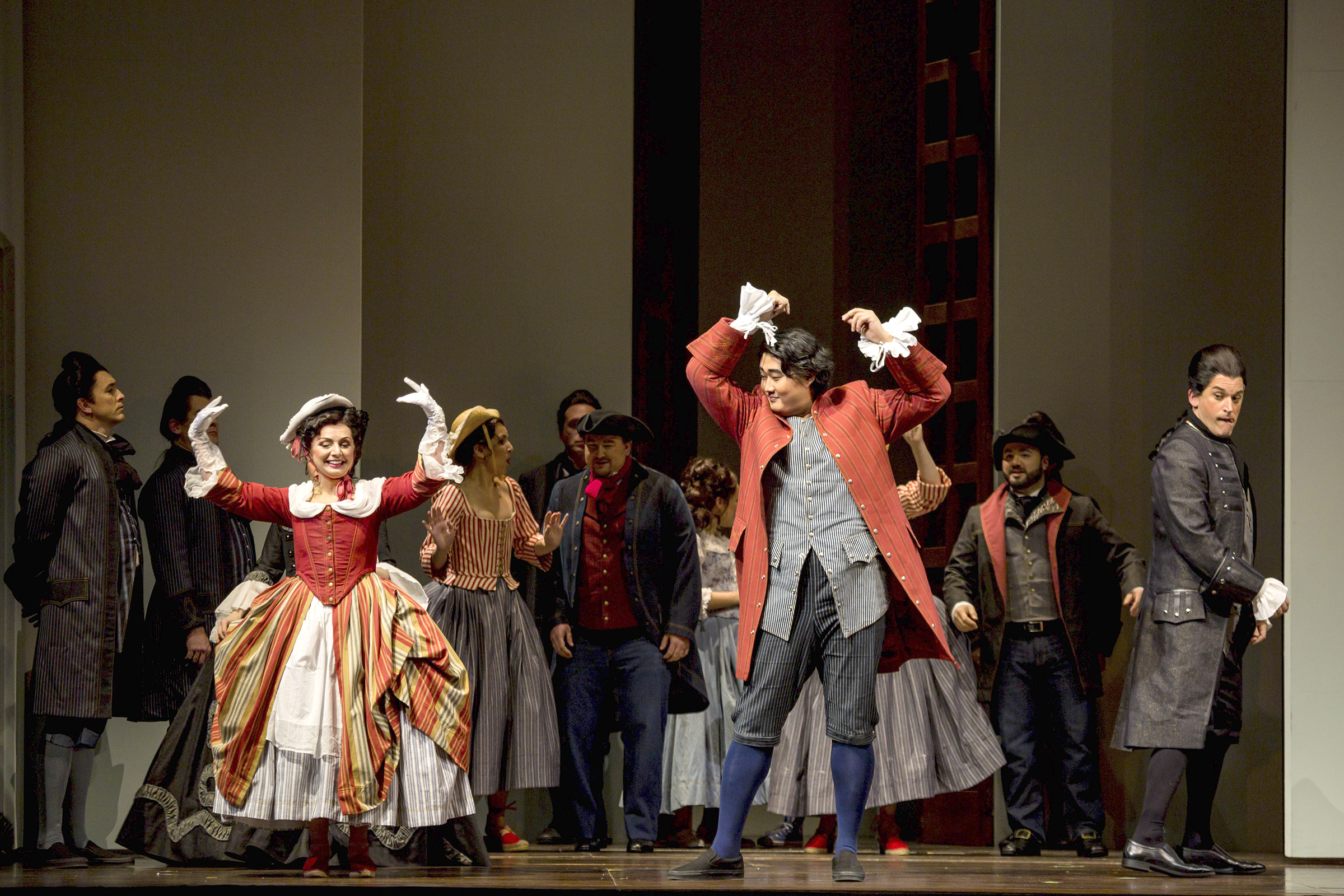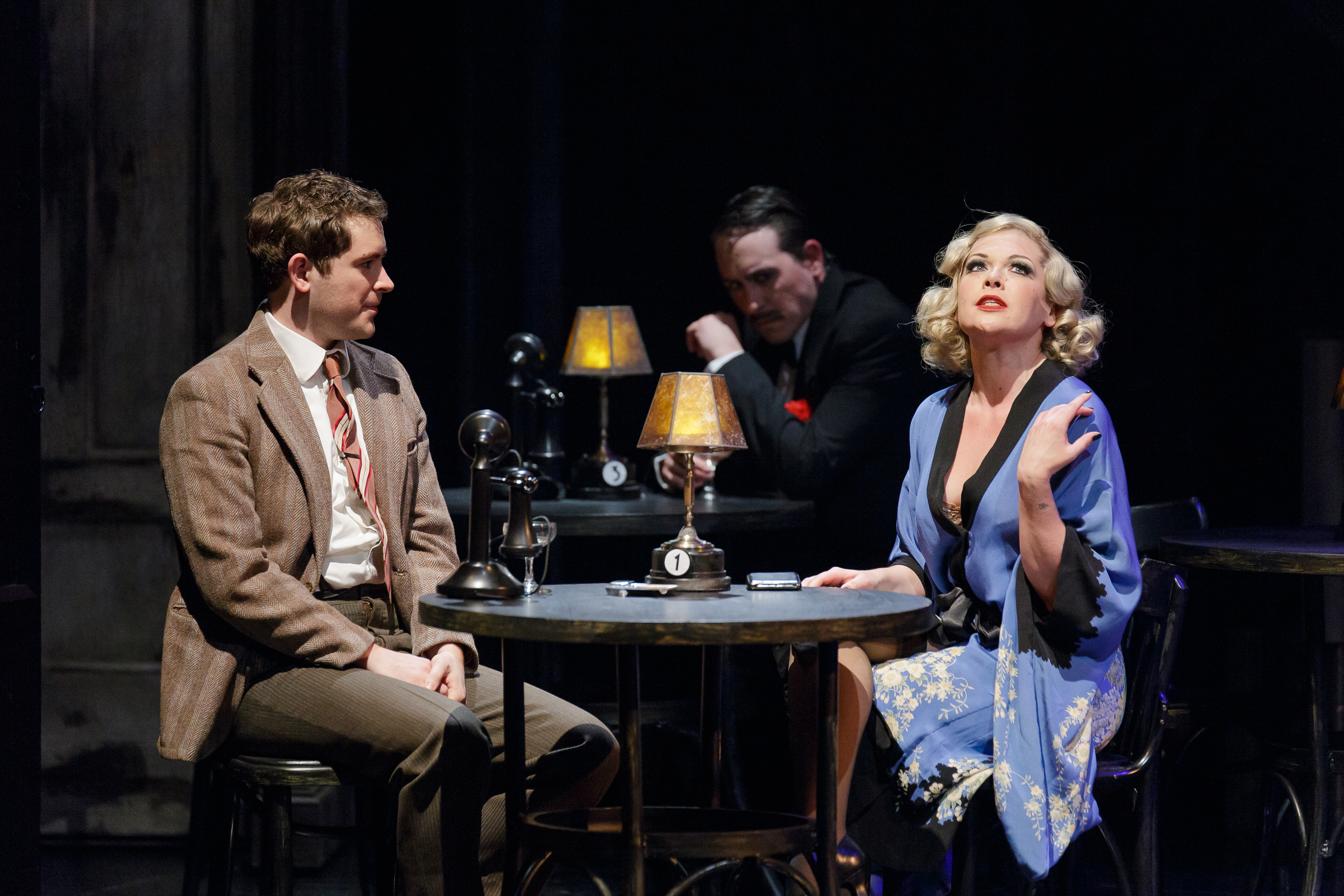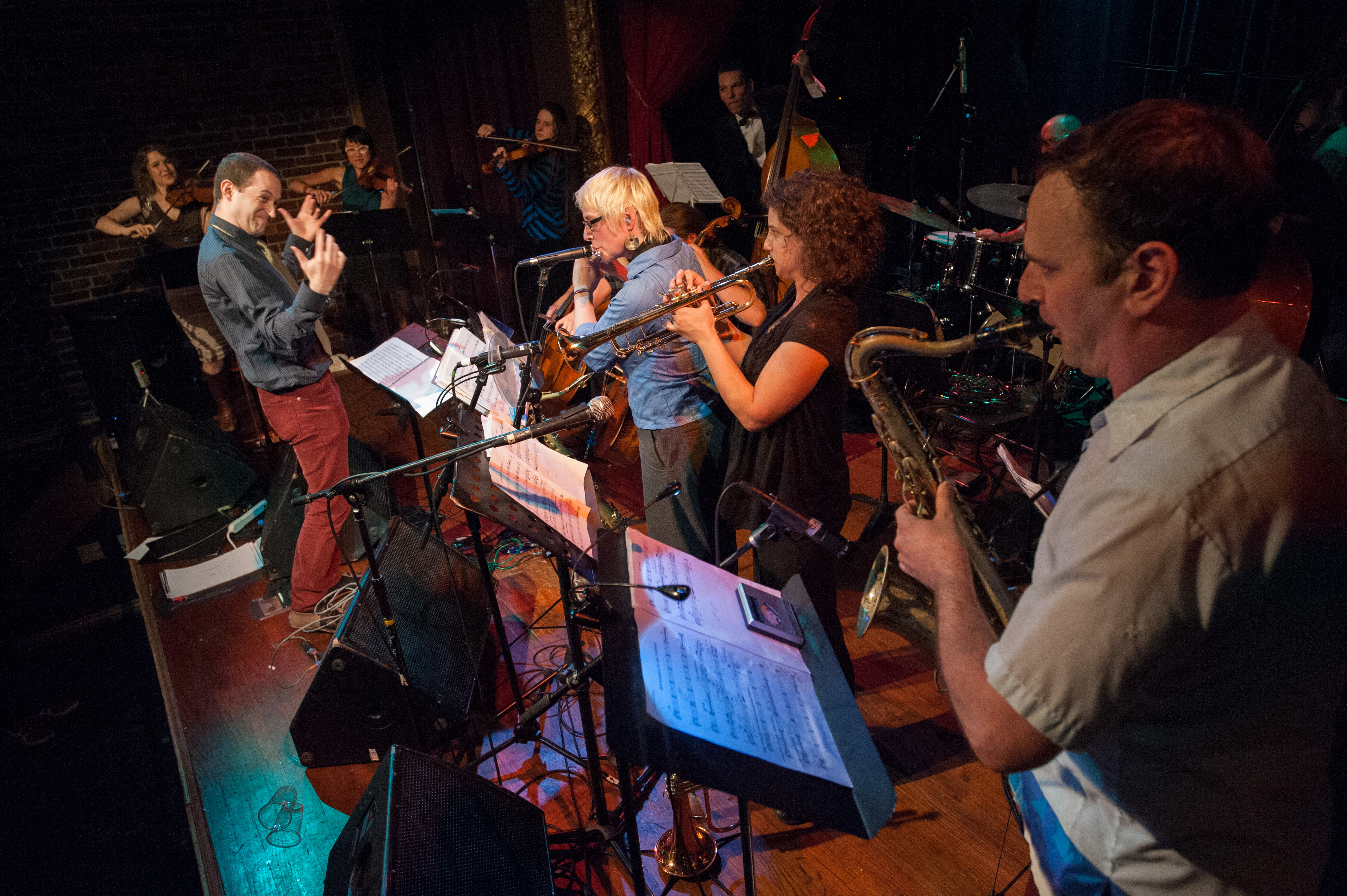Founded in 1992, the Black Cat Orchestra has been acclaimed for its performances of live incidental music for silent films. Next weekend, On the Boards continues to present a triple bill from the ’20s, with original scores for two of them played by the eight-piece ensemble. Hans Richter’s short Vormittagsspuk (Ghosts Before Breakfast), his dadaist document from 1927, is full of flying derbies, self-ambulatory body parts, and twisted silliness that recalls Terry Gilliam’s Monty Python animations. A more serious affair is The Seashell and the Clergyman, a 1928 surrealist melodrama by Germaine Dulac and Antonin Artaud. Such plot as there is involves a love (or maybe just lust) triangle among a faintly psychotic priest, an oxlike military man, and a saucer-eyed blonde. Except for a few clearly descriptive moments (a waltz for a ball scene, a crash on the high hat as the titular seashell gets smashed), the BCO’s music for these two films stands independently; only rarely does the music directly respond to the films.
Black Cat Orchestra
On the Boards
January 29-31, February 5-7
Opening the show was a sweet Felix the Cat cartoon titled “Felix in Germ Mania,” which I at first misread as “Felix in Germania”—an understandable slip, considering the pronounced neoCentral European idiom that’s the BCO’s trademark. The foundation of its style, a combination of haunting minor-key tunes in catchy dance rhythms, calls to mind a feast of influences: klezmer and Gypsy, Budapest coffeehouses and Italian restaurants, Kurt Weill and Fiddler on the Roof. The BCO’s instrumentation—horn (Don Crevie), cello (Lori Goldston), saxophone (Scott Granlund), accordion (Kyle Hanson), voice (Jessica Kenney), guitar (Russ Meltzer), bass (Matthew Sperry), and percussion (Joseph Zajonc)—is rich with low- and middle-register instruments, an aural analogy to the shadowy cinematography it accompanies. Every now and then, Kenney or Hanson got to float above the crowd in a high, ethereal melody, a lovely effect.
About two-thirds of this music was newly composed by BCO members; the rest was arranged by them from traditional folk tunes or, interestingly, early music. Their Seashell score opens with three Renaissance vocal works, two by Orlando di Lasso and one anonymous. This liturgical music, the BCO’s curious colors, and the expressionistic film made a striking combination. There are other ensembles in the area that do music for European black-and-white silents: the Young Composers’ Collective (whose recently recorded Metropolis score should be out on CD any day now), and composer Timothy Brock and the Olympia Chamber Orchestra. These groups, including the Black Cat Orchestra, make up a popular local genre, and as with any “school” so well established, there are numerous clich鳠to avoid and multiple envelopes to be pushed. Which is what made the BCO’s Renaissance repertory so welcome—it shows a willingness to move musically beyond the time and place of each film and to explore where other music/image juxtapositions might lead.
The Black Cat Orchestra performs in the Studio Theater at On the Boards, 100 W Roy, 217-9888. $12 (Fri-Sat), $10 (Sun). 2/5-6 at 10, 2/7 at 8.






